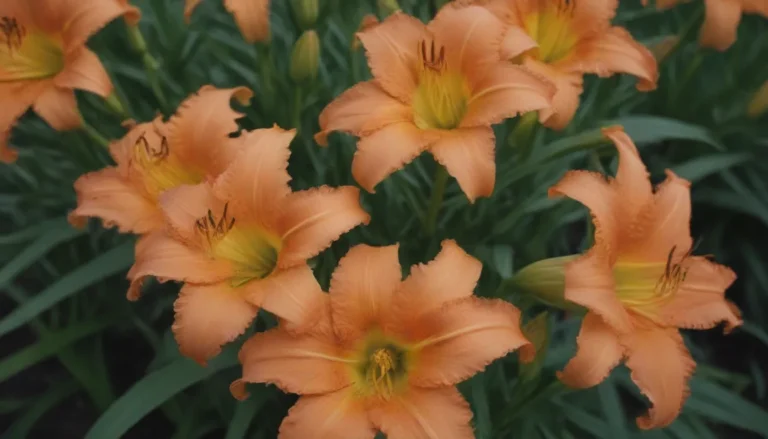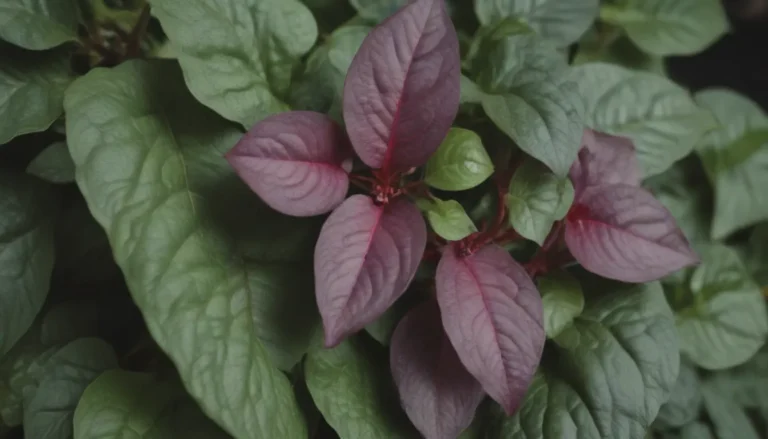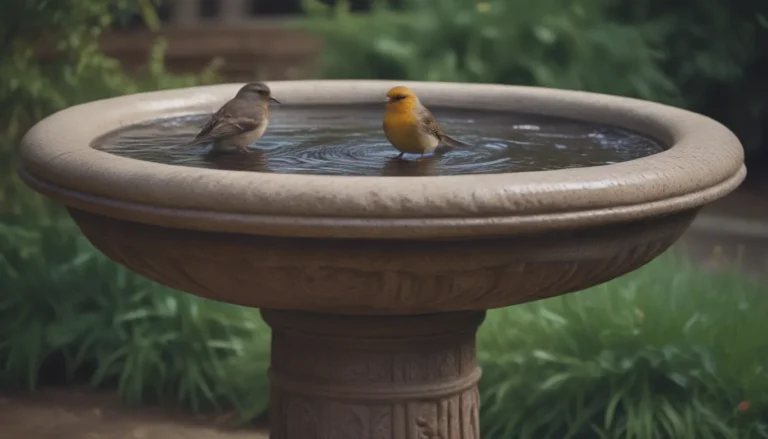A Comprehensive Guide to Identifying and Managing Common Lawn Diseases

Maintaining a lush, green lawn is a point of pride for many homeowners. However, even the most meticulously cared-for lawn can fall victim to various diseases. While lawn diseases are generally not a significant threat, they can still wreak havoc on your lawn if left unchecked. In this in-depth guide, we will explore five common lawn diseases, how to identify them, and what steps you can take to manage and prevent them.
Understanding Lawn Diseases
Before we dive into specifics, it’s essential to understand that lawn diseases are primarily caused by fungi. These fungi thrive in warm, humid conditions and can quickly spread throughout your lawn if not properly addressed. While most lawns can resist diseases with proper care, certain factors like excessive moisture, poor air circulation, and nutrient deficiencies can make your lawn susceptible to infections.
Common Lawn Diseases to Watch Out For
1. Brown Patch
Identification: Brown patch appears as circular patches in the lawn that are brownish-yellow in color and range from six inches to several feet in diameter. It is most likely to occur during extended periods of heat and humidity when night-time temperatures remain above 68°F.
Affected Grasses: Brown patch affects all cool-season lawn grasses but is especially harmful to ryegrass and tall fescue. Kentucky bluegrass and fine fescues can also be affected, but the damage is usually minimal.
Prevention and Treatment: To prevent brown patch, avoid over-fertilizing and over-watering your lawn. Improve air circulation by trimming overhanging trees and shrubs. If brown patch appears, consider fungicide applications as a last resort.
2. Powdery Mildew
Identification: Powdery mildew appears as a white dust-like substance on the leaf blades of grass. It is most common on cool-season grasses, particularly Kentucky bluegrass, and tends to thrive in shady areas during cloudy or overcast periods.
Affected Grasses: Powdery mildew can infect a variety of plants, but on lawns, it primarily targets cool-season grasses.
Prevention and Treatment: To prevent powdery mildew, ensure your lawn receives adequate sunlight and air circulation. Avoid watering your lawn in the late afternoon or evening to reduce moisture levels.
3. Red Thread
Identification: Red thread presents itself as red or pink webbing or thread on the grass. It is often brought on by low levels of nitrogen in the soil and is an indicator that your lawn may need fertilization.
Affected Grasses: Red thread is most common in cool-season grasses like red fescue, ryegrass, Kentucky bluegrass, and bentgrass.
Prevention and Treatment: Improve soil nitrogen levels through proper fertilization and avoid excess thatch build-up. Regularly feed your lawn with a balanced fertilizer to prevent red thread.
4. Snow Mold
Identification: Snow mold appears in the early spring as the snow melts, causing circular patches of discolored and matted grass. There are two types of snow mold: gray snow mold and pink snow mold, each with its unique characteristics.
Affected Grasses: Snow mold affects grasses when there is an extended period of snow cover on unfrozen ground. It can occur under debris or long grasses that were not properly mowed before winter.
Prevention and Treatment: To prevent snow mold, ensure proper lawn maintenance by cleaning up debris and mowing grass before winter. Adequately aerate your lawn to improve air circulation and reduce excess moisture.
5. Fairy Ring
Identification: Fairy rings are arcs of mushrooms in grassed areas, ranging from incomplete circles to complete circles. They can vary in size, with some growing over 30 feet in diameter.
Affected Grasses: Fairy rings do not cause widespread damage to grass but can be unsightly. They are hard to get rid of, so they are often left alone.
Prevention and Treatment: While fairy rings are mostly harmless, you can improve their appearance by removing the mushrooms and improving soil drainage. Avoid over-watering your lawn, as excessive moisture can encourage the growth of fairy rings.
Conclusion
In conclusion, identifying and managing common lawn diseases is crucial for maintaining a healthy and vibrant lawn. By understanding the signs and symptoms of various diseases, you can take proactive measures to prevent their occurrence and minimize their impact on your lawn. Remember that proper lawn care practices, such as adequate watering, fertilization, and aeration, play a significant role in preventing lawn diseases. So, keep an eye out for any signs of distress in your lawn and take the necessary steps to keep it disease-free and beautiful year-round.





